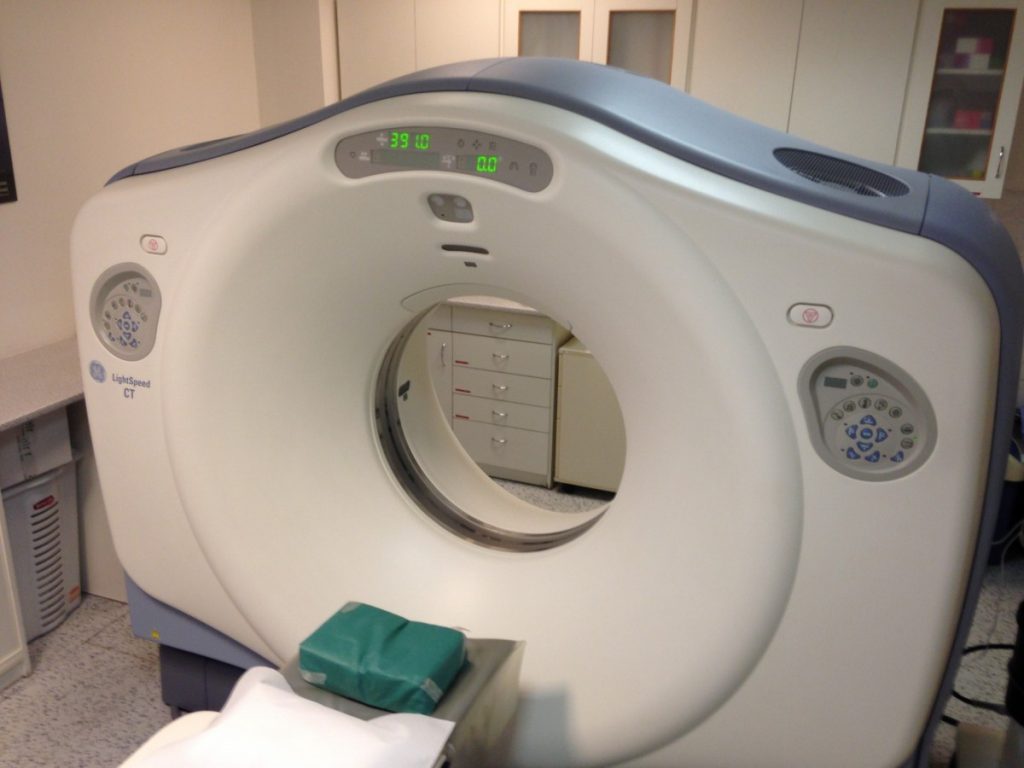Purpose
To test the hypothesis that low-dose inhaled nitric oxide administered to preterm infants who continue to require mechanical ventilation at 14 days of age will reduce the incidence of chronic lung disease.
Purpose To test the hypothesis that low-dose inhaled nitric oxide administered to preterm infants who continue to require mechanical ventilation at 14 days of age will reduce the incidence of chronic lung disease. Condition: – Bronchopulmonary Dysplasia- Lung DiseasesStudy Type: InterventionalStudy Design: Prevention, Randomized, Double-Blind, Placebo Control Further Study Details: BACKGROUND: Respiratory morbidity, particularly chronic lung disease (CLD), remains a major cause of long-term morbidity and mortality for preterm infants. Although surfactant replacement has decreased acute respiratory morbidity and mortality, it has not reduced the incidence of CLD. A number of other approaches, including antenatal thyrotropin releasing hormone in conjunction with corticosteroids, postnatal steroid administration, as well as administration of Vitamin E, diuretics, and bronchodilators, have not resulted in clinically important decreases in CLD. Infants with the most severe CLD go on to develop findings suggestive of pulmonary hypertension with cor pulmonale. There is preliminary evidence in the preterm infant with severe chronic lung disease that low-dose inhaled nitric oxide may significantly attenuate the disease and decrease mortality. DESIGN NARRATIVE: The multi-center, controlled and blinded trial investigates the hypothesis that low-dose inhaled nitric oxide administered to preterm infants between 500 and 1250 grams birth weight who continue to require mechanical ventilation at 10 days of age will increase survival without chronic lung disease (CLD) at 36 weeks post menstrual age. Secondary outcomes are duration of ventilation, oxygen requirement and duration of hospitalization. In addition, that there will be expected improvement in infant respiratory status (ventilatory support, airway resistance and compliance) associated with inhaled nitric oxide treatment. Indicators of inflammation and oxidant stress will be assessed by measurements of specific cytokines and protein modifications in tracheal aspirate and plasma samples, respectively. The safety of this therapy will be evaluated by assessing toxicity as measured by clinical bleeding, including intraventricular hemorrhage as well as the incidence of other morbidities of the preterm infant (necrotizing enterocolitis, retinopathy of prematurity and infection) and assessing neurodevelopmental outcome through two years of age. A total of 800 infants will be randomized to either inhaled NO or placebo. In summary, this clinical trial will assess the efficacy and safety of inhaled nitric oxide for amelioration of a major disease of premature infants. Eligibility Ages Eligible for Study: up to 1 Year, Genders Eligible for Study: Both Criteria Preterm infants who are 500-1250 grams at birth and who require mechanical ventilation at 10 to 21 days of age. Exclusions include congenital heart disease or pulmonary abnormalities, including a patent ductus arteriosus, ventilation solely for apnea, small-for-gestational age, or clinical bleeding.[1] Roberta Ballard, Children’s Hospital of Philadelphia[2] National Heart, Lung, and Blood Institute (NHLBI)
All content and media on the HealthEngine Blog is created and published online for informational purposes only. It is not intended to be a substitute for professional medical advice and should not be relied on as health or personal advice. Always seek the guidance of your doctor or other qualified health professional with any questions you may have regarding your health or a medical condition. Never disregard the advice of a medical professional, or delay in seeking it because of something you have read on this Website. If you think you may have a medical emergency, call your doctor, go to the nearest hospital emergency department, or call the emergency services immediately.







